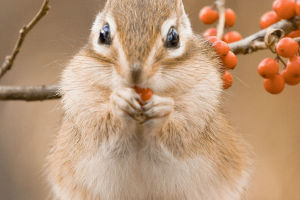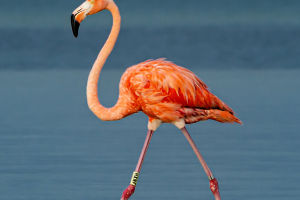Hoopoe
The Hoopoe, scientifically known as Upupa epops, is a captivating bird that has captured the imaginations of bird enthusiasts, poets, and storytellers alike.
With its distinctive appearance, melodious calls, and rich cultural symbolism, the Hoopoe stands as a testament to the intricate interplay between the avian world and human culture.
Physical Characteristics:
The Hoopoe's appearance is truly distinctive, making it easily recognizable. Its plumage is a striking combination of earthy tones, featuring a cinnamon-colored body with black and white wings and a signature crest of feathers on its head.
The long, thin, down-curved bill adds to its unique and elegant profile. The Hoopoe's appearance is a testament to the diversity and beauty found in the world of birds.
Global Distribution:
Hoopoes are widespread and can be found in various regions around the world, spanning Europe, Asia, and Africa. Their adaptable nature allows them to thrive in diverse habitats, including woodlands, savannas, and even urban areas. Despite their widespread distribution, Hoopoes are often elusive, preferring to forage on the ground for insects and their larvae.
Behavior and Vocalizations:
One of the Hoopoe's most charming traits is its melodious call. The distinctive "hoo-poo" sound, often repeated several times, adds to the allure of encountering this unique bird.
Hoopoes are also known for their distinctive courtship displays, which involve a combination of wing-spreading, crest-raising, and elaborate calls. These behaviors not only contribute to their breeding rituals but also serve as a spectacle for birdwatchers lucky enough to witness them.
Symbolism in Culture and Folklore:
The Hoopoe holds a special place in the folklore and mythology of various cultures. In ancient Egyptian mythology, the Hoopoe was considered a sacred bird associated with the Sun God Ra.
The Hoopoe is mentioned in the story of Solomon (Sulaiman), where it serves as a messenger and a symbol of wisdom. The bird's inclusion in these narratives highlights its significance as a cultural symbol throughout history.
Conservation and Threats:
Despite its resilience and adaptability, the Hoopoe faces several threats that impact its populations globally. Loss of habitat due to urbanization, agricultural practices, and climate change poses a significant challenge.
Pesticides and insecticides used in agriculture can also negatively affect the availability of the Hoopoe's primary food source—insects and larvae. Conservation efforts are crucial to ensuring the continued survival of this unique bird species.
The Hoopoe stands as a majestic and culturally significant bird that has left an indelible mark on the worlds of ornithology and folklore. Its distinctive appearance, enchanting vocalizations, and symbolic role in various cultures make it a creature of fascination and admiration.
As we strive to protect and appreciate the biodiversity of our planet, the Hoopoe serves as a poignant reminder of the intricate connections between the natural world and human culture.
In addition to its cultural significance and captivating features, the Hoopoe's role in pest control is noteworthy.
With its diet primarily consisting of insects and their larvae, the Hoopoe plays a crucial ecological role in maintaining insect populations. Farmers often appreciate the presence of Hoopoes in their fields, as these birds contribute to natural pest control, helping to keep crop-damaging insects in check.
This ecological contribution adds another layer to the bird's importance, emphasizing its positive impact on agricultural ecosystems. The Hoopoe's unique blend of cultural symbolism and ecological significance further underscores the need for conservation measures to ensure its continued presence in our shared natural heritage.


